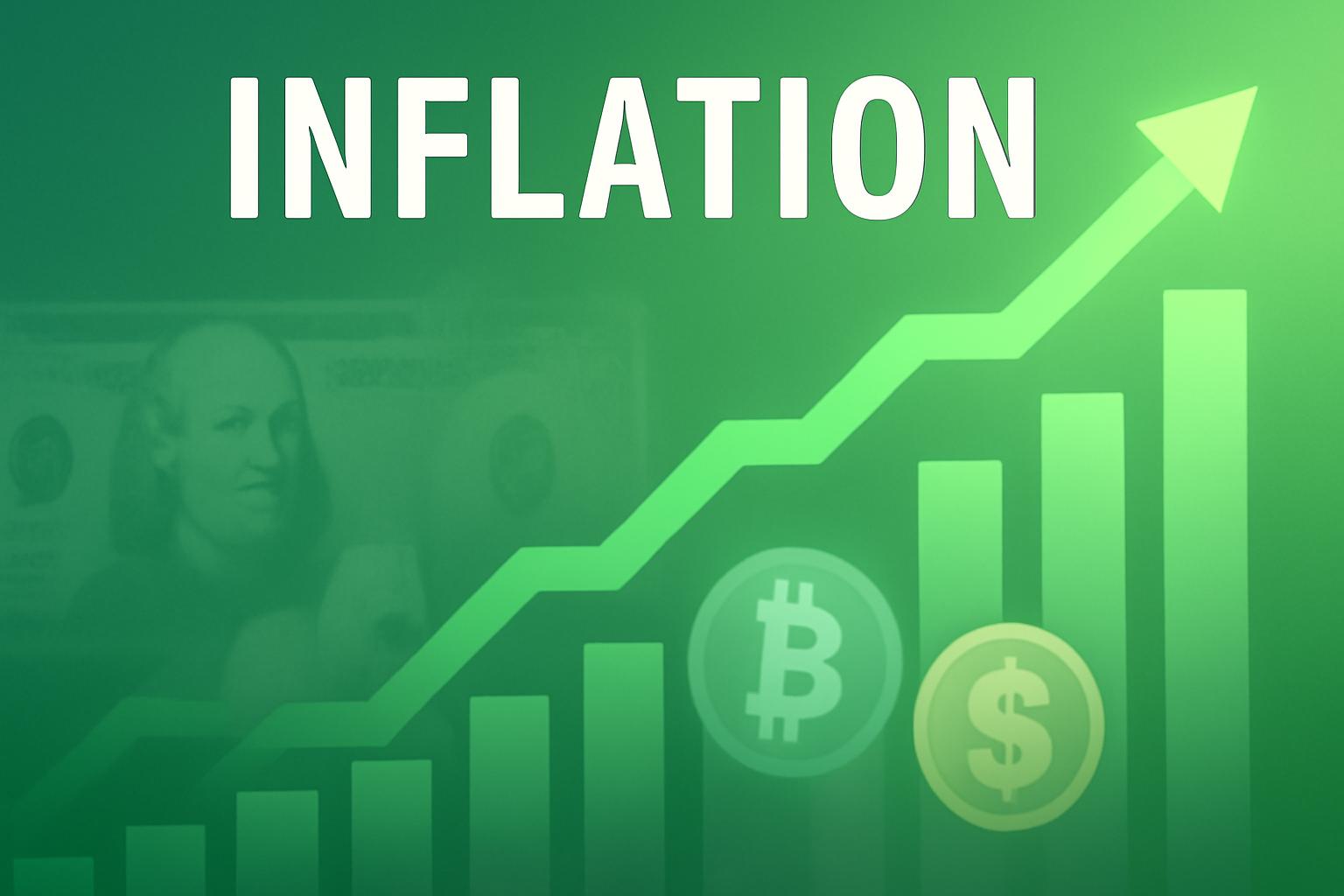From Bretton Woods to Modern Inflation: Why Your Money Buys Less Each Year
Not long ago, a $100 bill could cover a full evening out, including dinner, a movie, and drinks. Today, that same amount may barely cover a meal, and projections suggest its value will diminish further over the coming decade. This erosion isn’t accidental but a structural feature of contemporary monetary systems: inflation is embedded within.
A recent Cointelegraph video offers an in-depth analysis of why currencies lose value over time and why governments often tolerate or even encourage this trend.
The End of the Gold Standard and Rise of Fiat Currency
The story begins with the 1944 Bretton Woods agreement, which pegged the US dollar to gold at $35 per ounce. This link was severed in 1971 during the “Nixon Shock,” transitioning the dollar—and by extension, all major global currencies—into fiat money, supported solely by government authority and trust.
Since then, purchasing power has consistently declined. For example, a dollar in 1971 now requires more than seven dollars to match its previous buying capacity. While excessive money printing is a primary cause, inflation is also driven by factors such as energy price shocks, disruptions in supply chains, and rising wages.
Central Bank Policies and the Implications for Savers
Central banks generally target an inflation rate near 2%, which they deem conducive to economic stability. However, this level of inflation gradually erodes the value of fiat currency. For savers, this means that holding money in traditional forms may result in a loss of real value over time.
Alternatives and Debates: Gold, Bitcoin, and Economic Flexibility
Some advocate for assets like gold or Bitcoin as inflation hedges, citing their inherent scarcity compared to paper money. Conversely, critics argue that a rigid money supply, lacking flexibility, could precipitate economic collapse under the weight of debt obligations.
The Cointelegraph video delves further into this complex history, the potential dangers of runaway inflation, and the strategies individuals employ to safeguard their wealth.
Watch the full video on Cointelegraph’s YouTube channel for a comprehensive understanding of these issues.
FinOracleAI — Market View
The persistent devaluation of fiat currencies underscores growing concerns about inflation and monetary policy effectiveness. This narrative may increase interest in alternative assets such as Bitcoin and gold as stores of value, potentially driving demand in the short term. However, risks remain from central bank interventions and macroeconomic uncertainties that could influence inflation trajectories.
Impact: positive













